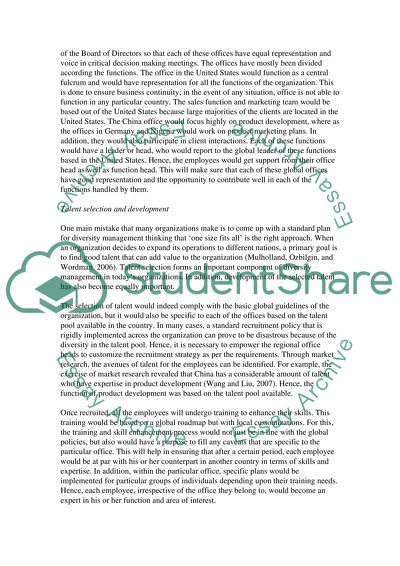Cite this document
(“Global Diversity Plan Term Paper Example | Topics and Well Written Essays - 3000 words”, n.d.)
Retrieved from https://studentshare.org/other/1425937-global-diversity-plan
Retrieved from https://studentshare.org/other/1425937-global-diversity-plan
(Global Diversity Plan Term Paper Example | Topics and Well Written Essays - 3000 Words)
https://studentshare.org/other/1425937-global-diversity-plan.
https://studentshare.org/other/1425937-global-diversity-plan.
“Global Diversity Plan Term Paper Example | Topics and Well Written Essays - 3000 Words”, n.d. https://studentshare.org/other/1425937-global-diversity-plan.


